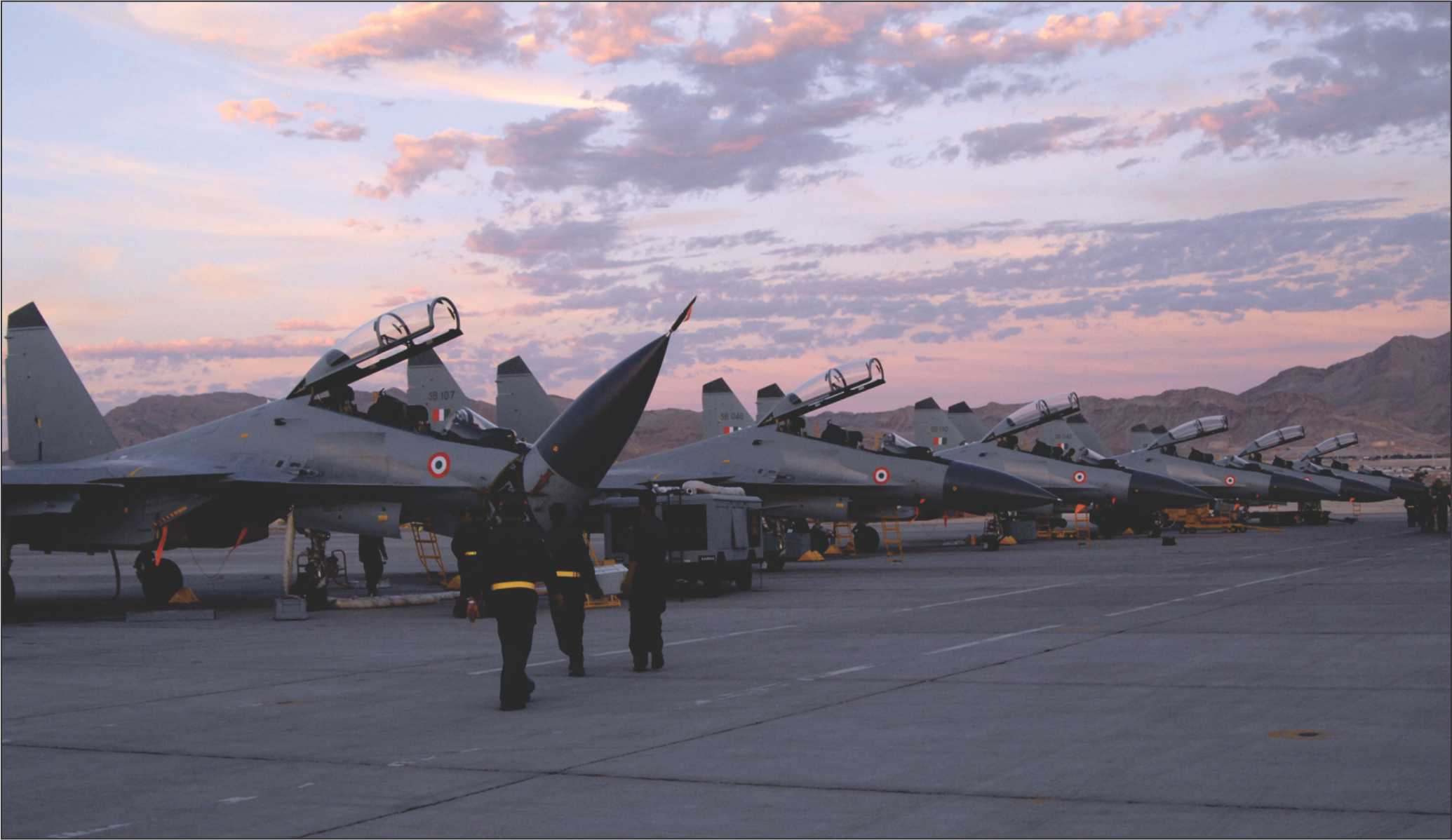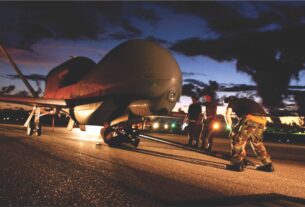One would have thought that given the advancement in radar technology which enabled ground-based militaries to detect and deal with attacking aircraft, the aircraft would have by now become redundant to warfare. It has not.
This is mainly because of concomitant developments that enabled the aircraft to operate and fight in hostile electro-magnetic environments. There is thus a constant struggle for supremacy of the electro-magnetic spectrum that, even while over the years much progress has been made in technology for detecting aircraft in flight, avionics or aviation electronics has managed to keep pace with the threat.
The Israelis have demonstrated that with superior electronic warfare systems they were able to decimate both the Syrian Air Force as well as the Egyptian Air Force during Yom Kippur War of 1973. A grave mismatch between the electronics capabilities of the Israelis and the Arabs led to the destruction of more than 400 Arab aircraft within the first few days of the war. While during the Gulf war in the 1990s, stealth technology provided the spearhead for the American air attacks, air superiority over the battlefield deep within Iraq depended to a large extent on airborne avionics.
Electronic warfare is largely dependent on identification and control of the electromagnetic spectrum that the opposite party is using.
It is divided into three segments-electronic support measures (ESM) which is actually a databank of electronic emissions; electronic protection which, in turn, is the exploitation of the signals intelligence, communications intelligence and electronic intelligence based on data gathered on the spot or over given timeframe; and electronic attack is the selection of the mode of either self-defence or attack as may be required by the situation at hand.
Electronic warfare is the direct offshoot of the discovery and application of radar which at one time tilted the balance against the aircraft but the nature of warfare itself-a series of countermeasures and ripostes have kept both attacker and attacked in business in even the most dense of electromagnetic situations.
Things appear evenly balanced between the contenders at the moment. But that again is deceptive. A great deal of the success or failure of an air strike depends on the choice of the moment and for how long the electronic supremacy can be maintained so as to allow maximum damage to the enemy defences both electronic and physical.
Countermeasures
The employment of electronics in warfare can generally be encompassed within electronic countermeasures or, in its retaliatory mode, electronic counter-countermeasures. Electronic counter measures are most efficacious when one of the contenders decides to degrade and hence deny the use of its electronic gadgetry at a time and place of his choosing. The advantages of this kind of surgical strike can be immense if the initial attack is able to achieve even a momentary advantage by either using stealth as a penetrative tool or jamming that will blind the enemy sensors.
Electronic counter measures are central to both attack and defence and are integral to every type of air warfare be it close air support to armored thrusts, to air superiority in the battle zone, air to air dogfights and ground attack and suppression of enemy air defences.
There are active and passive counter measures. The active ones are completely ‘in your face’ and are intended to test to the full the adversary’s ability to break out of the assault.
It involves jamming the adversary’s electronics systems by a constant barrage of radio waves against the enemy’s systems so that he is not able to transmit or receive coherent messages.
He could try to wriggle out of the encirclement by hopping wavelengths of transmission either at the low end of the spectrum which is A Band and a bandwidth of 250 megahertz and below or at the high end known as L Band which ranges from 40 to 60 gigahertz (this depends on the power of the transmitters and must perforce be ground based because most aircraft will not be able to lift the requisite generating equipment).
This active interference in the opponents transmission capabilities is considered to be best done by externally carried electronics pods which impart a 360 degree sweep and enable the use of more powerful transmitters.
Though there is always the possibility that they could interfere with the internal electronics of the flying platform in a phenomenon known as electromagnetic interference (emi) or self-jamming.
Jamming
Jamming is a sporadic process and the jammer hitherto has had to stop jamming to listen to the emission and see if there has been an attempt at frequency hopping or bandwidth jumping but that may no longer be necessary in the emerging technology where both operations-jamming and listening-can be done simultaneously. However, not all jammer operate across the whole bandwidth from A B and to L Band but given the changes that have occurred since the advent of the radar, anything is possible.
It is in the ‘range-gate stealing mode’ of active jamming that one can understand why the aircraft has been able to hold its own even in a dense anti-aircraft missile environment.
By manipulating the reflected pulse the aircraft is able to propagate a larger image away from the flying platform and thus decoy away any air-to-air and surface-to-missiles.
Chances of survival of such slow-moving but increasingly targetable aircraft like AWACS have improved with the introduction of what is known as “smart jamming” techniques which utilizes all the known techniques of jamming in quick succession along with introduction of Missile Approach Warning System (MAWS) and the Radar Warning Receiver (RWR).
These systems warn a pilot of an approaching missile and either suggests appropriate counter measures or take recourse to counter measures automatically. The output of these systems can then be integrated into the functioning of the ECM units and suitable response effected. Thus systems integration within the cockpit has become the state of the art technology.
And then there are passive ways of avoiding being hit by an enemy missile. This is done through flare and chaff dispensation that draws heat seeking missiles away from the flying platform. These are ejected through canisters and tend to be more effective than towed decoys that present a more attractive target to an enemy missile but tend to affect the aerodynamics of the flying platform.
Danger still lurks for the aircraft in the thermal imaging technology that ignores flares and chaff and prefers to home onto its own virtual image of the intended target .





